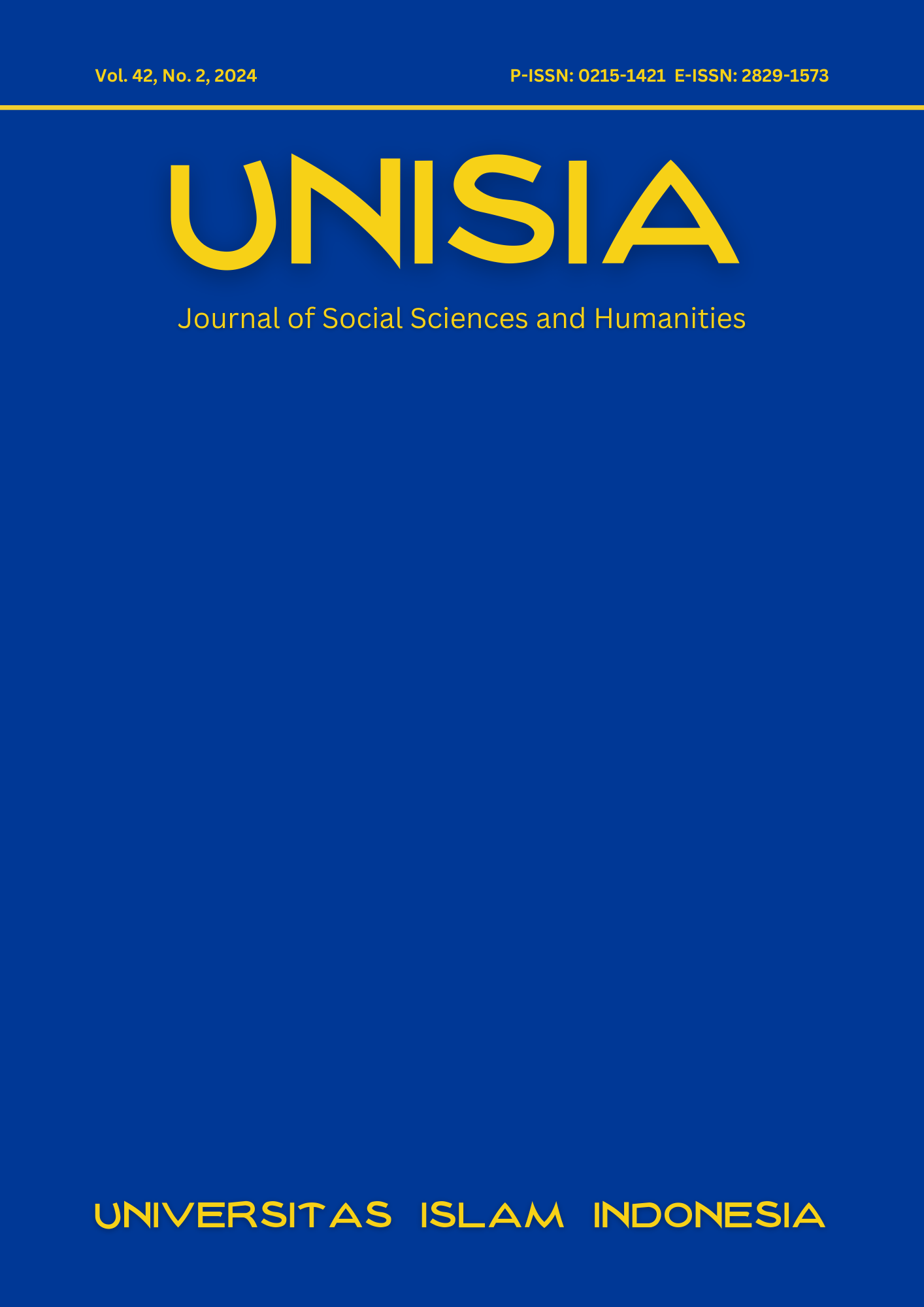Main Article Content
Abstract
One of the major factors that affects society is the high divorce rate between husband and wife. One of the impacts of parental divorce on children is the rampant phenomenon of anxiety experienced by adolescents. Istighfar dhikr therapy is one way to reduce anxiety experienced by adolescents with divorced parents. The purpose of this study is to examine the effectiveness of istighfar dhikr therapy in reducing the anxiety of adolescents whose parents are divorced. Participants in this study were adolescents aged 13-18 years, male and female, divorced parents, and tended to moderate to severe anxiety levels. The measuring instrument is the HARS (Hamilton Anxiety Rating Scale). This research is a quasi-experiment with a pretest-posttest control group design. The data analysis technique used in this study was the Mann-Whitney U Test, to see the difference in anxiety between the experimental group and the control group after being given istighfar dhikr therapy. The results showed that istighfar dhikr therapy was able to reduce anxiety in adolescents with divorced parents. The practical contribution of istighfar dhikr therapy in reducing anxiety is 46%.
Article Details
Copyright (c) 2024 Masyitah Masyitah, Fuad Nashori

This work is licensed under a Creative Commons Attribution-ShareAlike 4.0 International License.
- Authors retain copyright and grant the journal right of first publication with the work simultaneously licensed under a Creative Commons Attribution License that allows others to share the work with an acknowledgement of the work's authorship and initial publication in this journal.
- Authors are able to enter into separate, additional contractual arrangements for the non-exclusive distribution of the journal's published version of the work (e.g., post it to an institutional repository or publish it in a book), with an acknowledgement of its initial publication in this journal.
- Authors are permitted and encouraged to post their work online (e.g., in institutional repositories or on their website) prior to and during the submission process, as it can lead to productive exchanges, as well as earlier and greater citation of published work.




